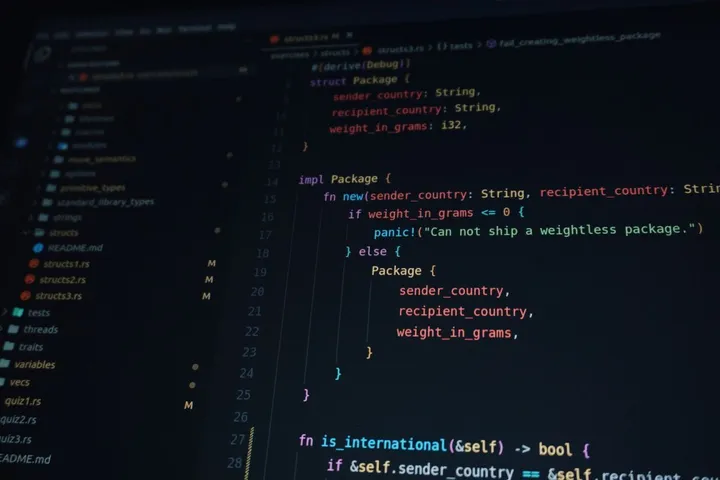
The Cross-Platform Lie: Why I'm Ditching React Native for True Native Development in 2026
For years, the tech industry has been chasing a ghost: the promise of cross-platform development. Frameworks like React Native, Flutter, and others sold us a beautiful dream. “Write your code once, run it everywhere!” It sounded efficient. It sounded cost-effective. It sounded like the future.
I bought into it. I spent years building apps with React Native, and I’ve come to a sobering conclusion: it’s a lie. A beautiful, seductive, and ultimately performance-killing lie.
In 2026, I’m officially done with the cross-platform experiment. I’m going back to native development (Swift for iOS, Kotlin for Android), and I’ve never been more confident in a decision.
The Abstraction Tax is Too Damn High
The core problem with cross-platform frameworks is what I call the “Abstraction Tax.” Every layer of abstraction you add between your code and the native platform costs you something.
- Performance: There’s no way around it. A JavaScript bridge trying to talk to native components will never be as fast as native code. You feel it in sluggish animations, slower startup times, and a general lack of snappiness that users can’t quite name, but they can definitely feel.
- Access to the Latest Features: When Apple or Google releases a groundbreaking new API, how long do you have to wait for the cross-platform framework to catch up? You’re always one step behind, unable to give your users the best and latest features of their own devices.
- Debugging Hell: When something goes wrong, where is the bug? Is it in your JavaScript code? In the React Native bridge? In a third-party native module? In the native OS itself? Debugging becomes a nightmare of traversing layers of abstraction, wasting countless hours on problems that would be trivial to solve in a native environment.
The Myth of “Saving Time”
The primary sales pitch for cross-platform is that you save time and money by managing a single codebase. This is true, but only for the simplest of apps.
The moment your app needs to do anything remotely complex—interact with Bluetooth, use advanced camera features, perform heavy background tasks—you’ll find yourself writing custom native modules anyway. You end up with a Frankenstein’s monster of a codebase: part JavaScript, part Swift, part Kotlin, all held together with the digital equivalent of duct tape.
The time you “saved” upfront is spent tenfold on maintenance, debugging, and fighting the framework.
The Future is Native, Because the User Experience is Native
At the end of the day, what matters is the user. And users expect an app to feel like it belongs on their phone. They expect it to follow the design conventions of their OS. They expect it to be fast, responsive, and reliable.
Cross-platform apps, by their very nature, are guests in a foreign land. They try to mimic the native look and feel, but it’s always slightly off. The animations aren’t quite right, the gestures feel foreign, the performance lags.
By going back to native, we’re not just choosing a different technology. We’re choosing to prioritize the user experience above all else. We’re choosing to build apps that are unapologetically excellent, that leverage the full power of the hardware, and that feel like they were crafted with care for the platform they live on.
The cross-platform dream was a noble experiment, but it’s time to admit it failed. The future of mobile development isn’t about finding a one-size-fits-all solution. It’s about embracing the unique strengths of each platform and building the best possible experience for the people who matter most: our users.


